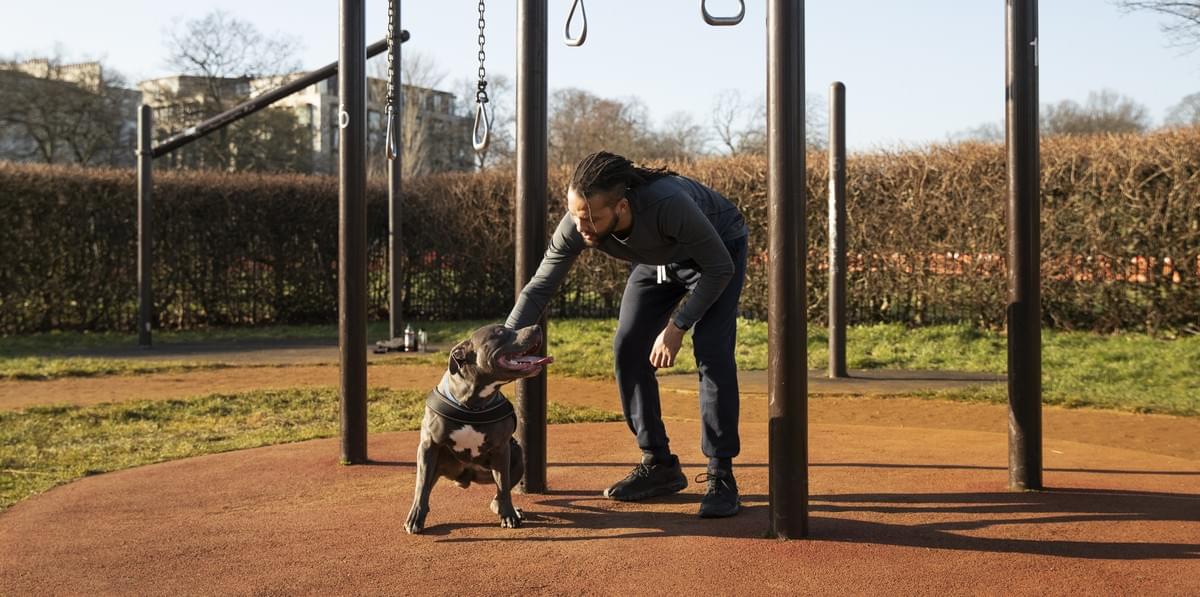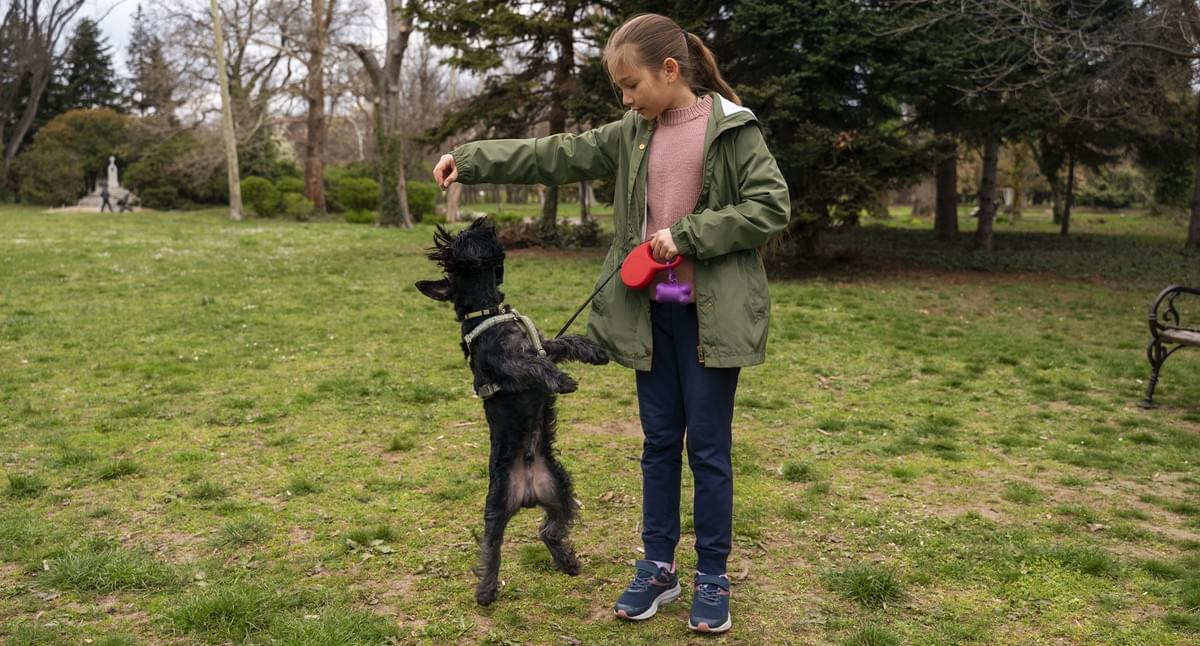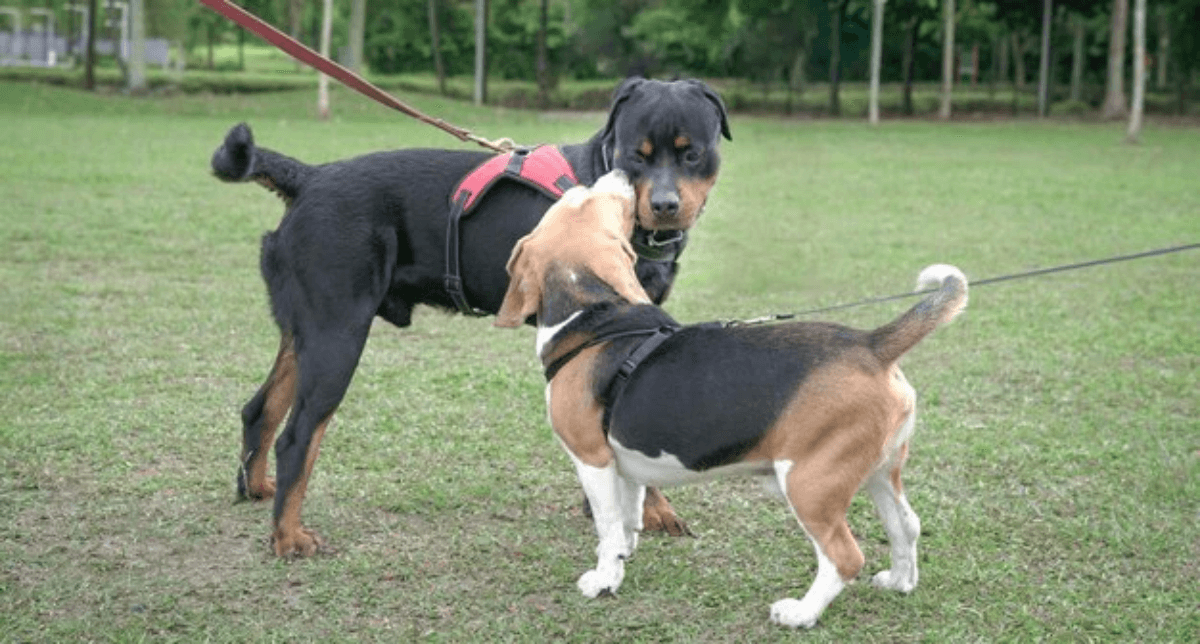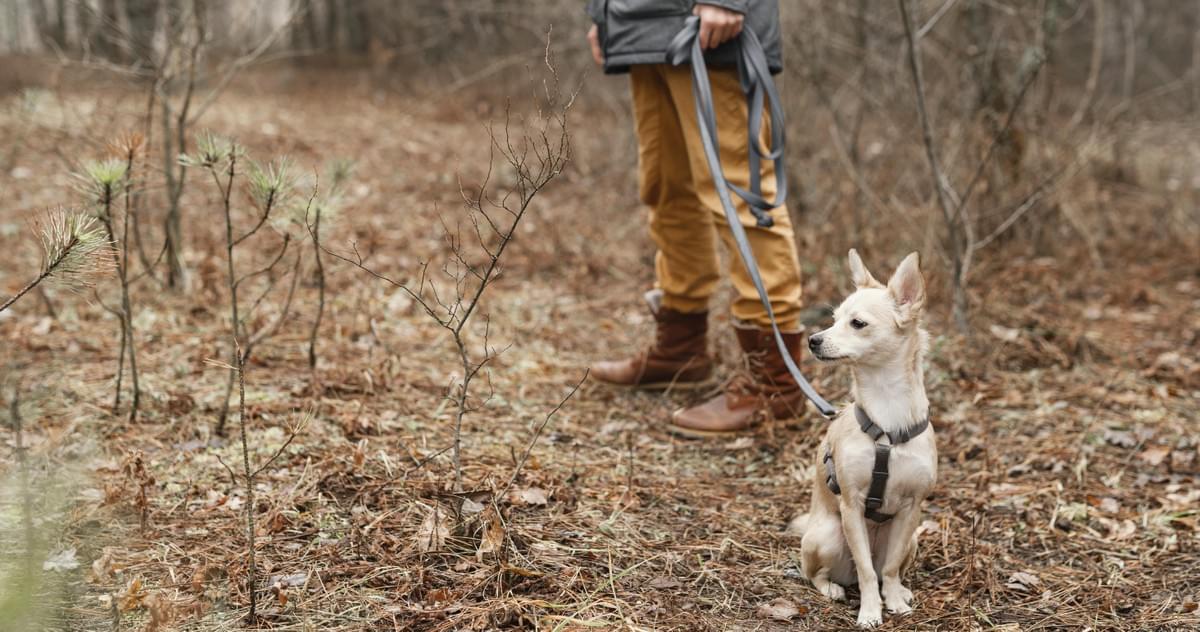For humans to truly thrive in the wide world of dog companionship, a solid human-furry bond is essential. The common dog belt is a crucial tool for reaching this harmony.
These belts are much more than just an accessory, they are essential for behavior control and training. Let's explore the complex field of canine psychology to learn how these modest tools can improve your relationship with your dog and change its behavior.

The Psychology Behind Dog Training
Before looking into the details of dog belts it is important to understand the principles of dog training. Dogs are intelligent animals that naturally follow the pack leader.
This basic instinct is harnessed through effective training, creating a unique structure in the human-dog bond.
That's where the dog belt comes in – a tool that aims to foster a positive learning environment and help with communication.

The Change to Positive Reinforcement
Gone are the days of rigid training techniques. The modern approach promotes positive reinforcement, and dog belts fit this mindset perfectly.
Pet owners can communicate expectations and reinforce desired behaviors using successful language with the gentle guidance of a properly fitting belt.
Positive reinforcement represents a paradigm shift in the way we view and relate to our canine friends, replacing correction-based methods.

Choosing the Right Belt
The choice of dog belts is very important because not all of them are made equal for your pet. There are many options available on the market, ranging from classic leather to contemporary, breathable materials.
The secret is to know the size, breed, and particular requirements of your dog. Transitional phrases like "moreover" and "however" can make the process of choosing a belt more approachable and understandable by guiding readers through its complexity.

Step Into the Dog Belt: A Balance of Connections
Dog belts, also called collars or harnesses, provide a physical connection point between a dog and its handler during training.
These overlooked add-ons function as communication channels, enabling a smooth signal exchange that directs the dog toward desired actions.
The Value of Variety: Selecting the Perfect Dog Belt
Dog belts are not for everyone, just as not all dogs are made equal. The market is full of options: head halters, harnesses, traditional collars, and more.
Every kind meets various demands and minor behavioral differences. Together, we can make our way through a variety of options to find the ideal fit for your pet.
Traditional Collars: A Classic Connection
The traditional dog collar is a pet's defining identity symbol. But its function goes beyond aesthetics. For dogs who know how to behave properly on a leash and need little guidance when out for walks, these collars are perfect.

Harnesses: Gentle Guidance
A Dog harness is a gentle giant for the training world, especially for dogs who are prone to pulling or breathing problems. By distributing pressure uniformly throughout the chest, they reduce the possibility of harm and discomfort.
Head Halters: Designed Toward Calm
Head halters are essential when elegance counts. For pups with strong wills, they gently guide the dog's head to provide effective command without resorting to force.
Developing Trust Through Training
Building trust is a key component of effective training, beyond teaching obedience. Dog belts act as a link between people and dogs, giving our four-legged friends a sense of security and consistency. As you begin your training, keep in mind that consistency is essential.

Handling Behavioral Issues
Since each dog behavioral issues can take many different forms, such as excessive barking or aggressive preferences.
Dog belts are great because they can be used for a variety of behavioral problems. When used properly, a belt can be used for anything from pulling on a leash to stopping jumping. This makes it an invaluable tool for any dog owner.
Beyond Training: The Versatility of Dog Belts
Although training is certainly a primary use, dog belts are incredibly versatile tools that go far beyond behavior modification. These belts become an essential part of a dog's everyday life, offering comfort and security as well as guaranteeing safety during walks.

Conclusion
Dog belts are a colorful thread that connects daily life, behavior management, and training in the amazing fabric of canine-human companionship.
We can realize the full potential of these humble tools by adopting positive reinforcement and learning about the psychology of our furry friends.
Let the dog belt serve as more than just an accessory for you and your dog as you set out on your journey together. Let it represent communication, trust, and an exciting new adventure.